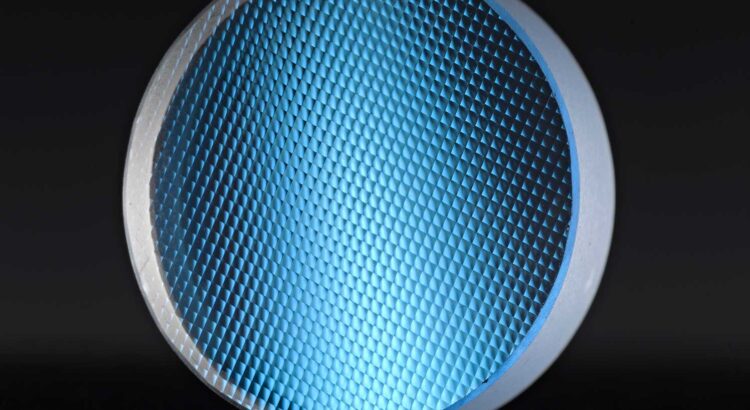Optical elements are a critical component of many optical instruments, and they’re used in many different fields. This article will discuss some tips for using them properly.
The tips for using optical elements
- Make sure your optical element is clean.
Optical elements can get dirty and dusty after a while, especially if you work with them often. Make sure to keep the lenses free of dust and dirt by wiping them down on occasion using a soft cloth or brush designed for cleaning optics. You also want to make sure that liquids such as water don’t drip onto the lens either because it could cause issues that are difficult to fix without replacing the equipment entirely.
It’s best not to expose any part of an optic system- even prisms-to fluids to avoid corrosion from saltwater which contains chlorine ions that accelerate rust formation when combined with moisture at grain boundaries.
- Ensure that your optical elements are properly supported.
Optical components should be securely positioned during use to prevent them from moving or shifting unexpectedly, resulting in blurry images and other problems with the image quality.
It’s important to secure prisms inside their housings, so they don’t slip out of place, as well as making sure that lenses (including glass) are fully attached to their metal rings at all times. The diffractive optics elements in microscopes are very important in the process of obtaining high-resolution images. The role of these optics is to split light into spectral components to achieve monochromatic imaging.
- Make sure your optical elements are properly aligned.
Optical systems require various parts to work together in harmony to function correctly, and that’s where alignment becomes important. If the components don’t align perfectly, then the system won’t produce accurate or high-quality images. It is especially true with refracting telescopes, which rely on lenses being precisely shaped and positioned inside their housings, so they converge light at a particular point (the focal plane).
- Make sure your optical element is the right size.
As with any physical system, the effective operation requires that optical systems be precisely adjusted to fit their application. It means selecting an appropriate optic for a task and ensuring it’s properly sized, such as using lenses of different focal lengths (long or short) depending on what sort of magnification you need to view objects at various distances. The same lens can have many other applications because of its ability to refract light changes based on how much power the user selects from a range.





